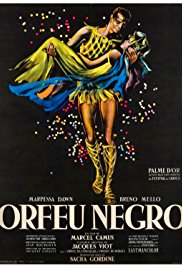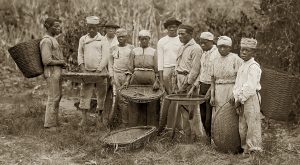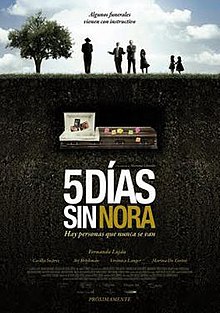Terms of Inclusion: Black Intellectuals in 20th Century Brazil is a secondary source written by Paulina L. Alberto. It was published in 2011. Her intended audience is those in academia, to provide more insight to research that came before her and will come after her. This source can be classified as an intellectual history.
In summary, these two chapters cover the emergence of afro-Brazilian papers as activist instead of elitist. Chapter three focuses on the nuances concerned with the Mae Preta statue; white Brazilians saw the black wet-nurse as the obedient slave who suffered in silence, accompanied by a sense of nostalgia for a time when black voices were more easily silenced. Afro-Brazilians saw the white child suckling the black wet-nurse as an analogy to the debt owed to afro-Brazilians. The reparations owed to these wet-nurses for feeding and sustaining the white population at the expense of their own black children. Chapter four talks about racial tensions after Vargas lead a bloodless coup and installed a nationalist government. He promoted Brasilidade (Brazilianess), which was a mix of patriotism, nationalism, and integration of black culture into the mainstream. White Brazilians preferred a melting pot approach, where the remnants of African culture would disintegrate and mesh with the dominant European-based culture in Brazil. Afro-Brazilians preferred a multicultural/salad bowl approach, where pure African customs should remain untouched and celebrated, such as Candomble. Schisms occurred within the black community concerning the following items: socialism vs. fascism, anti- vs. pro-immigrant, westernization vs. pan-Africanism.
A critique I have is in her periodization. She simultaneously flips through time and space: the events are not chronological, and so it gets confusing as to the order in which the events occurred, and at the same time she is changing between Salvador, Rio, and Sao Paulo.
I enjoyed her sources. She used black, immigrant, and white Brazilian newspapers as sources. This truly gives a three-dimensional look into how racial discrimination/inclusivity was viewed amongst these groups.
Questions:
How would you interpret the Mae Preta?
How do you think the schism within the black community concerning methods of integration affected their eventual integration into mainstream society?






